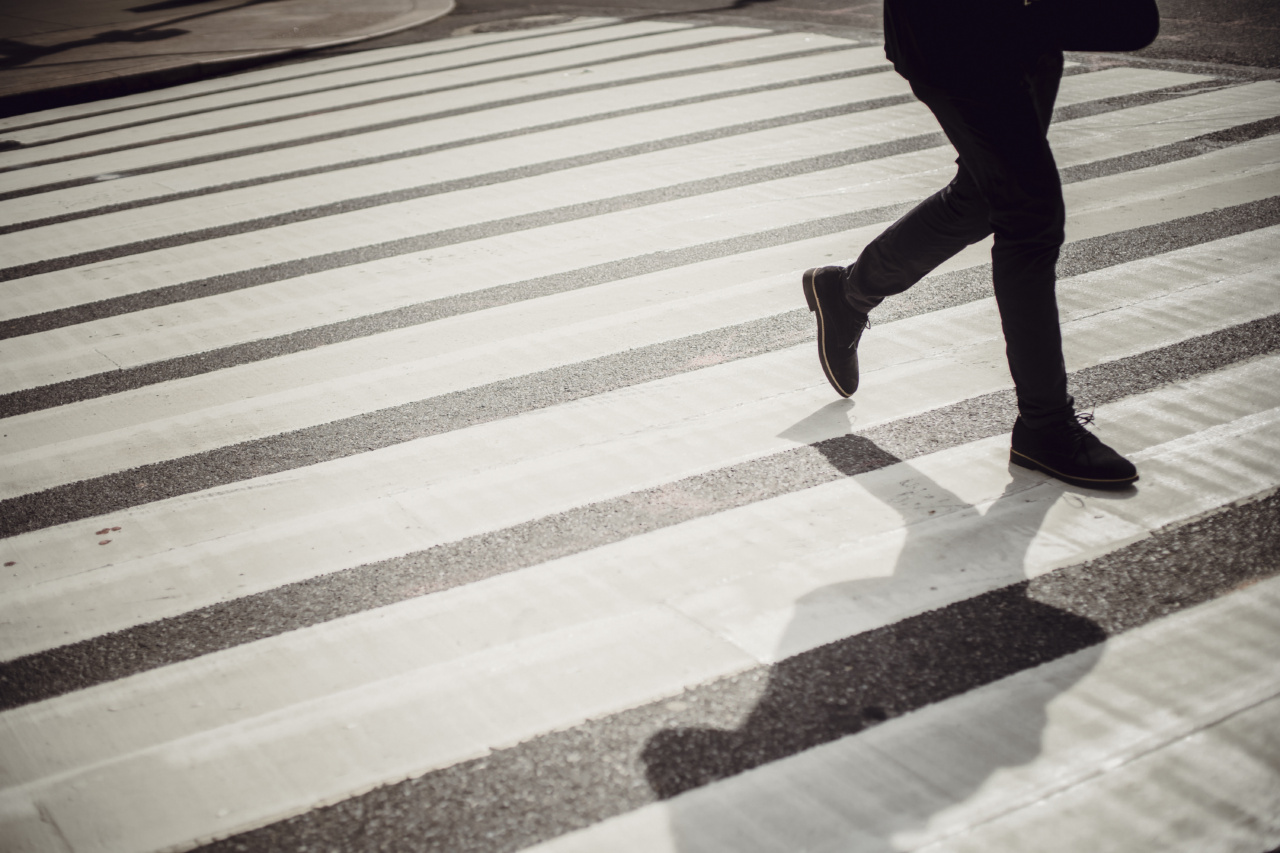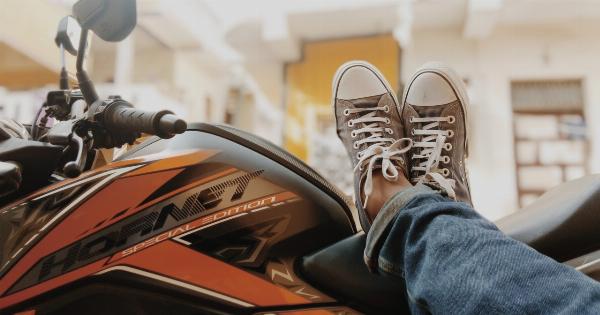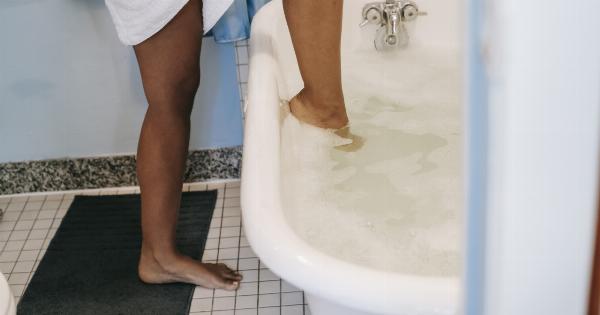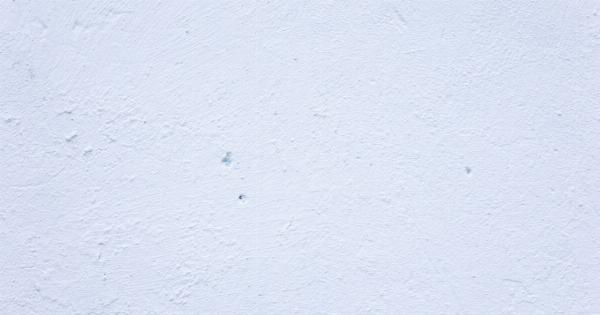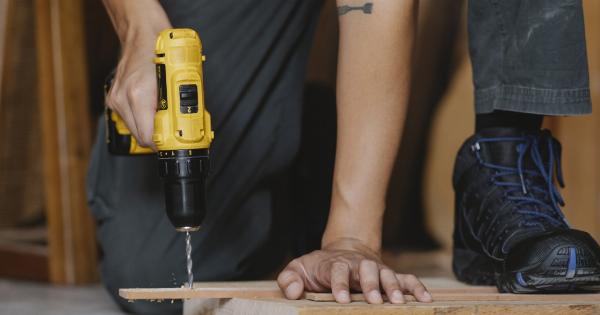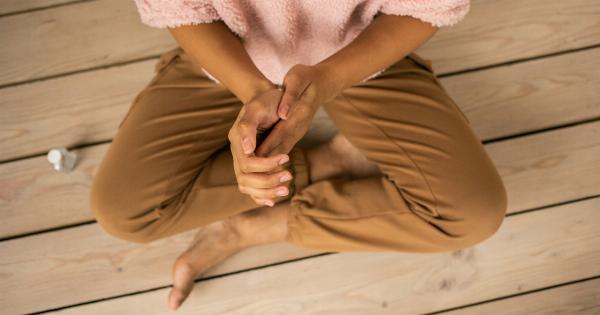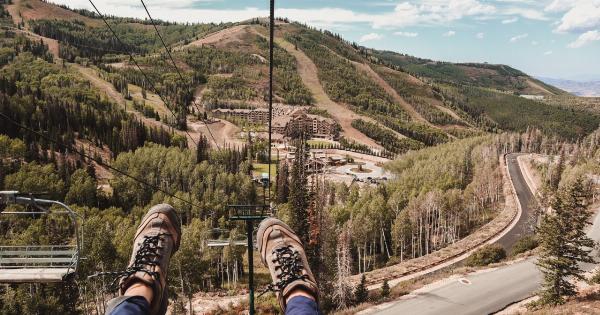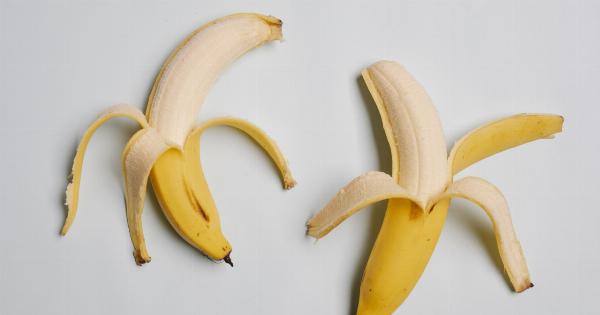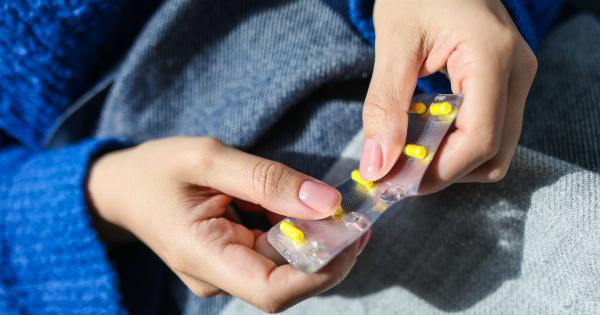Blisters are a common occurrence, especially on the legs, due to various reasons such as friction, burns, or certain skin conditions. While blisters can be painful and bothersome, popping them may not always be the best solution.
In this article, we will explore whether it is safe to pop blisters on your legs and provide some guidance on how to properly manage them.
Understanding Blisters
Blisters are small fluid-filled pockets that form on the topmost layer of the skin, known as the epidermis. They can vary in size and are typically filled with clear fluid, but in some cases, they may contain blood or pus.
Blisters can develop due to several factors:.
Friction
One of the most common causes of blisters on the legs is friction. This can occur when there is repetitive rubbing or pressure on the skin, such as wearing ill-fitting shoes or engaging in activities like running or hiking for extended periods.
Friction blisters often appear on the feet or heels.
Burns
Another cause of blisters on the legs is burns. Whether from heat, chemicals, or sunburn, burns can damage the skin and cause blisters to form as the body reacts to the injury.
Infections
In some cases, blisters on the legs can be a result of infections. Conditions like impetigo, herpes, or chickenpox can cause fluid-filled blisters to appear on various parts of the body, including the legs.
Skin Conditions
Certain skin conditions, such as eczema, allergic reactions, or dermatitis, can also contribute to the formation of blisters on the legs. These blisters are often accompanied by itching, redness, or inflammation.
Should You Pop a Blister?
The decision to pop a blister depends on various factors, including its size, location, and underlying cause. In general, it is best to let a blister heal on its own, as popping it can introduce bacteria and increase the risk of infection.
However, there are situations where popping a blister may be necessary:.
Large Blisters
If a blister is particularly large and causing significant discomfort or interfering with daily activities, it may be necessary to drain it.
To do so, it is important to follow proper sterilization techniques and use a sterile needle or blister-piercing tool to create a small hole near the edge of the blister. After draining the fluid, apply an antibiotic ointment and cover the blister with a sterile bandage.
Blisters at Risk of Rupture
In some cases, blisters that are at risk of rupturing due to pressure or friction can be carefully drained. This can help alleviate pain and prevent further damage to the skin.
However, it is essential to maintain proper hygiene during the process and ensure the area is promptly cleaned and protected afterward.
When Not to Pop a Blister
While there are instances where popping a blister is appropriate, it is generally advised not to pop them, especially if:.
It is Small and Intact
If a blister is small, intact, and not causing significant discomfort, it is best to leave it untouched. The fluid within the blister acts as a natural cushion, protecting the underlying skin and promoting faster healing.
It is Infected
If a blister appears infected, with signs such as increased redness, warmth, pain, or pus, it is crucial to avoid popping it. Puncturing an infected blister can introduce bacteria into the wound and worsen the infection.
In such cases, it is recommended to seek medical attention for appropriate treatment.
How to Properly Manage Blisters
Whether you decide to pop a blister or let it heal on its own, proper management is essential to minimize discomfort and reduce the risk of complications. Here are some steps to follow:.
Keep the Area Clean
Regularly clean the blister and the surrounding area with mild soap and warm water. Gently pat the area dry, avoiding rubbing or causing further irritation to the skin.
Protect the Blister
After cleaning, apply an antibiotic ointment to the blister and cover it with a sterile bandage or dressing. This will protect the blister from further irritation, prevent infection, and promote healing.
Avoid Picking or Peeling
It can be tempting to pick at or peel the loose skin around a blister, but doing so can increase the risk of infection and delay the healing process. It is important to resist the urge and allow the skin to naturally shed as the underlying skin heals.
Wear Proper Footwear
If the blister is on your feet or legs, wearing comfortable and properly fitting shoes can help reduce friction and pressure on the affected area. This can aid in faster healing and prevent the formation of new blisters.
When to Seek Medical Help
In most cases, blisters on the legs will heal on their own with proper care. However, certain situations warrant medical attention:.
Signs of Infection
If a blister becomes increasingly red, swollen, or painful, or if pus is present, it may be a sign of infection. In such cases, it is important to consult a healthcare professional for proper evaluation and treatment.
Recurrent Blisters
If you regularly experience blisters on your legs without an obvious cause or if they reappear frequently, it may be worth seeking medical advice. This could indicate an underlying condition that requires further investigation.
Summary
While it may be tempting to pop blisters on your legs, it is generally best to avoid doing so, as it can increase the risk of infection and delay healing.
Instead, focus on proper blister management, such as keeping the area clean, protecting it with dressings, and avoiding further irritation. If you have concerns or the blister shows signs of infection, it is advisable to consult a healthcare professional for appropriate guidance.
